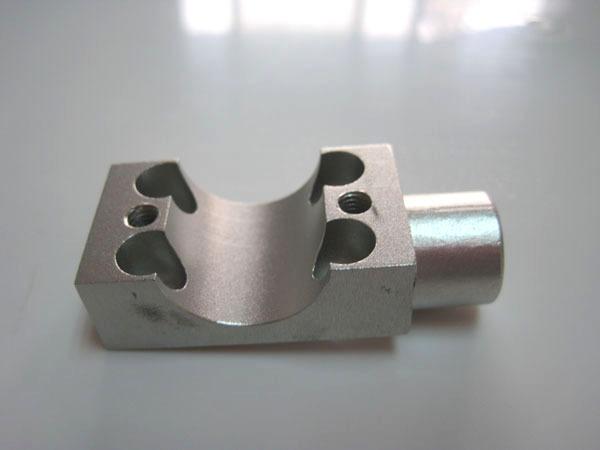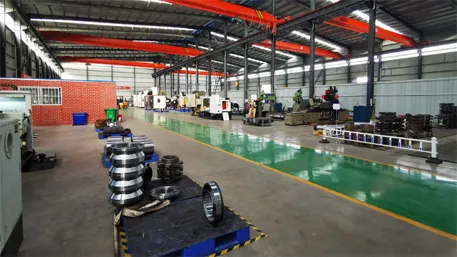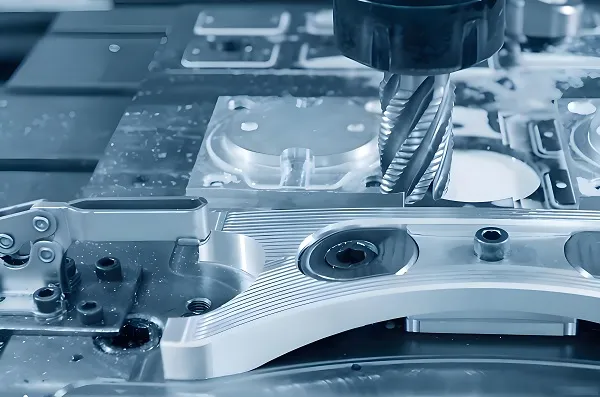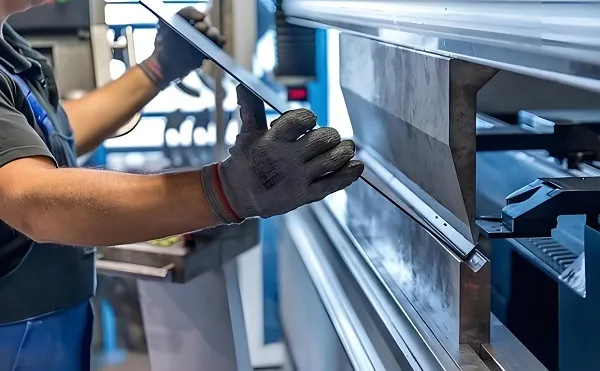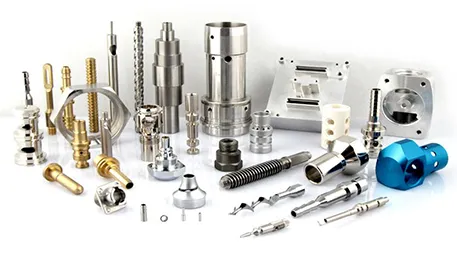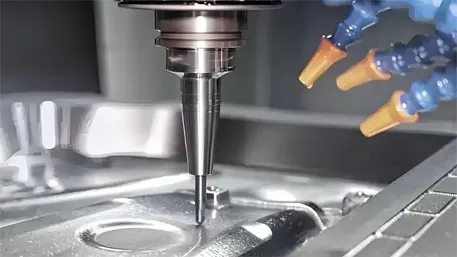The cost comparison between CNC machining and 3D printing depends on production volume, part complexity, material type, and precision requirements. Neither is universally cheaper—each becomes more cost-effective in specific scenarios.
When is CNC machining cheaper?
1. High-volume production (100+ parts)
- Setup costs: CNC machines have higher upfront setup costs (tooling, fixtures, programming), but these are spread across large batches. For example, producing 1,000 aluminum brackets may cost (500 in setup for CNC, but per-part costs drop to )2–$5.
- Speed advantage: CNC machining is faster for repetitive parts. A 3D printer might take 2 hours per part, while CNC can produce 10+ parts per hour, reducing labor and energy costs at scale.
- Material efficiency: CNC uses solid blocks of material, but for metals (e.g., steel, aluminum), scrap rates are lower than 3D printing’s powder waste (which often exceeds 50% for complex parts).
2. Simple to moderately complex parts
- Low programming complexity: Basic shapes (e.g., flat plates, holes, simple threads) require minimal CNC programming, keeping setup costs low. 3D printing, even for simple parts, incurs slicing software setup and post-processing (e.g., removing supports) costs.
- Material cost: CNC uses affordable bulk materials (e.g., (2–)10 per pound for aluminum or plastic pellets), while 3D printing filaments or powders (e.g., (50–)200 per pound for engineering-grade plastics or metals) are pricier.
3. Metal parts requiring strength
- Material and post-processing: 3D-printed metal parts often need expensive post-processing (e.g., heat treatment, HIP—Hot Isostatic Pressing—to remove porosity), adding 30–50% to total costs. CNC-machined metals (e.g., titanium, stainless steel) require minimal finishing beyond deburring.
When is 3D printing cheaper?
1. Low-volume production (1–50 parts)
- No tooling costs: 3D printers require no custom fixtures or tooling—just a 3D model. For a one-off prototype (e.g., a complex plastic housing), 3D printing avoids CNC’s (300–)1,000 setup fees, making it 50–80% cheaper.
- Faster turnaround: 3D printing can produce a part in hours, while CNC setup (programming, fixturing) may take days for low-volume runs, reducing labor costs.
2. Highly complex geometries
- Design freedom: 3D printing excels at parts with internal channels, lattices, or overhangs—features that would require multiple CNC setups or custom tools. For example, a 3D-printed lightweight bracket with internal lattice structures costs 30–40% less than CNC-machining the same design (which would waste material and require complex programming).
- Reduced assembly: 3D printing can produce multi-part assemblies as a single piece, eliminating CNC’s need to machine and assemble separate components (e.g., a 3D-printed hinge vs. CNC-machined hinges with pins).
3. Plastic prototyping
- Material costs: For small plastic parts (e.g., ABS or PLA prototypes), 3D printing filaments ((20–)50 per kg) are cheaper than CNC’s solid plastic blocks ((50–)100 per block), especially when the part uses <10% of the block’s material.
What other factors affect cost?
- Precision requirements: CNC achieves tighter tolerances (±0.0001 inches) than 3D printing (typically ±0.001–0.01 inches). If a part needs high precision, CNC may be necessary despite higher costs.
-
- Plastics: 3D printing is cheaper for low-volume, complex plastics; CNC is better for high-volume or large plastic parts.
-
- Metals: CNC is cheaper for high-volume metal parts; 3D printing is competitive only for low-volume, complex metal parts (e.g., aerospace prototypes).
- Post-processing: 3D printing often requires support removal, sanding, or painting, adding costs. CNC parts may need deburring but little else.
Example cost comparison
- Scenario 1: 100 simple aluminum brackets (3x2x0.5 inches)
-
- CNC: (500 setup + )3/part = $800 total.
-
- 3D printing: (0 setup + )15/part (metal powder + post-processing) = $1,500 total.
- Scenario 2: 10 complex plastic lattice structures (for drone frames)
-
- CNC: (800 setup (custom tooling) + )10/part = $900 total.
-
- 3D printing: (0 setup + )5/part (PLA + support removal) = $50 total.
Conclusion
CNC machining is cheaper for high-volume, simple-to-moderate parts (especially metals), while 3D printing is cheaper for low-volume, highly complex parts (especially plastics). The key is matching the technology to production scale and part geometry—neither is universally cheaper, but each offers cost advantages in specific scenarios.
